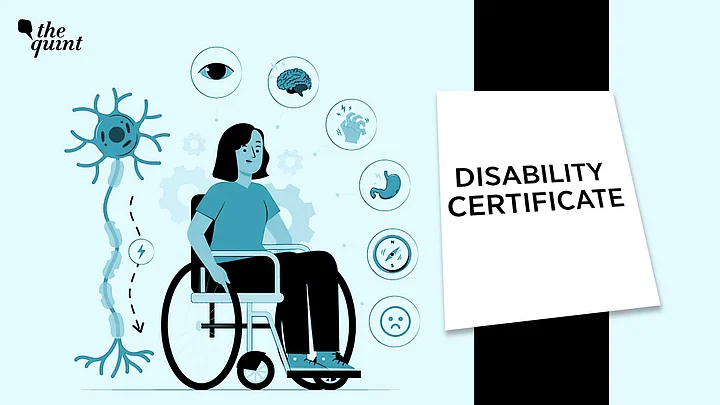As the son of Sheela and Mukund Chitnis, I have been a close witness to an extraordinary journey of resilience against Multiple Sclerosis (or MS).
My father's ordeal began with subtle yet puzzling symptoms. A skilled textile chemist by profession, his sudden clumsiness and erratic incidents were the harbingers of a perplexing condition that would later be identified as MS.
This was a time when MRI technology was a distant dream in India, and the path to a diagnosis was fraught with confusion and social stigma.
Witnessing these struggles, my mother's resolve led to the foundation of the Multiple Sclerosis Society of India (MSSI) in 1985, alongside social worker Rehmut Fazlebhoy. Their mission was clear – to fight the ignorance and discrimination that shroud MS and similar conditions.
This journey – marked by confusion, misdiagnosis, and social stigma – has profoundly impacted our family. Navigating the unpredictable waters of MS, and confronting its physical and emotional toll, has been a path of learning and adapting.
This experience has not only shaped my perspective on invisible disabilities but has also instilled in me a deep sense of empathy and understanding for the unseen struggles that many endure.
Technology Helping With Invisible Disabilities Awareness
In the realm of disabilities, the unseen often bears the weightiest burden of misunderstanding. Invisible disabilities, hidden from plain sight, weave a complex network of challenges and societal misconceptions.
Among these, MS stands out as a prime example, with its fluctuating and often misunderstood symptoms.
Symptoms such as depression, fatigue, bladder/bowel dysfunction, tingling sensation, numbness, pain, and cognitive issues are invisible, making it a significant challenge for MS patients to obtain the disability certificate under the Rights of Persons with Disabilities Act, 2016.
MS is one of the 21 disabilities mentioned in the RPwD Act, 2016, but being one of the invisible disabilities, patients and their families face various challenges.
While disease-modifying therapies are readily available today, obtaining therapy or even a diagnosis was a huge challenge in the past. The progress in treatment and diagnosis, coupled with the availability of information online, has made it easier for patients to access assistance from healthcare professionals and patient societies.
Invisible disabilities face a significant challenge – the invisible symptoms come with visible societal stigma.
This stigma creates a barrier for patients and caregivers, making it challenging to openly discuss these issues. Reluctance to seek help in traditional ways often leads many to turn to the internet for guidance and support.
Online platforms offer anonymity and accessibility not always available offline, providing a safe space for candid discussions on challenges, seeking advice, and finding the best healthcare providers.
The Bliss of Telemedicine
The advent of telemedicine has been revolutionary, offering remote consultations and access to specialists previously unattainable due to geographical constraints. This holds immense implications for MS patients, allowing them to receive expert care without the physical and emotional hassle of travel.
Despite these advancements, the journey for MS patients is still fraught with challenges. The invisibility of symptoms often leads to bureaucratic hurdles, reinforcing general misconceptions and depriving individuals of the support they need.
This necessitates a more empathetic and understanding approach to evaluating and acknowledging invisible disabilities for certification purposes. My mother's relentless advocacy and counseling with families and patients highlight the dire need for this change.
The impact of health technology on addressing invisible disabilities cannot be overstated.
However, the path forward requires continuous innovation, heightened awareness, and policy reforms to ensure comprehensive support and recognition for those living with such conditions.
Reflecting on the evolution of healthcare and societal attitudes towards invisible disabilities, we must acknowledge the distance we have yet to cover.
Growing up in the shadow of MS has afforded me a unique perspective on the resilience and challenges it entails. It has also imbued in me a deep commitment to advocating for a future where invisible disabilities are not just recognized but accommodated in every facet of societal interaction.
As we navigate the complexities of invisible disabilities, we must remember that the journey is collective. It requires the confluence of technology, empathy, and policy change.
Only then can we ensure that no one walks this path alone and that invisible disabilities are brought into the light, acknowledged, and supported as they rightfully should be.
(Sandeep Chitnis is National Secretary (Hon)–Considered CEO of Multiple Sclerosis Society of India (MSSI) and a member of the CEO Advisory Group of MSIF. He is actively helping in many social causes and has been involved with the management of the MSSI since 2011 – the only NGO in India involved in the welfare of people suffering from MS.

